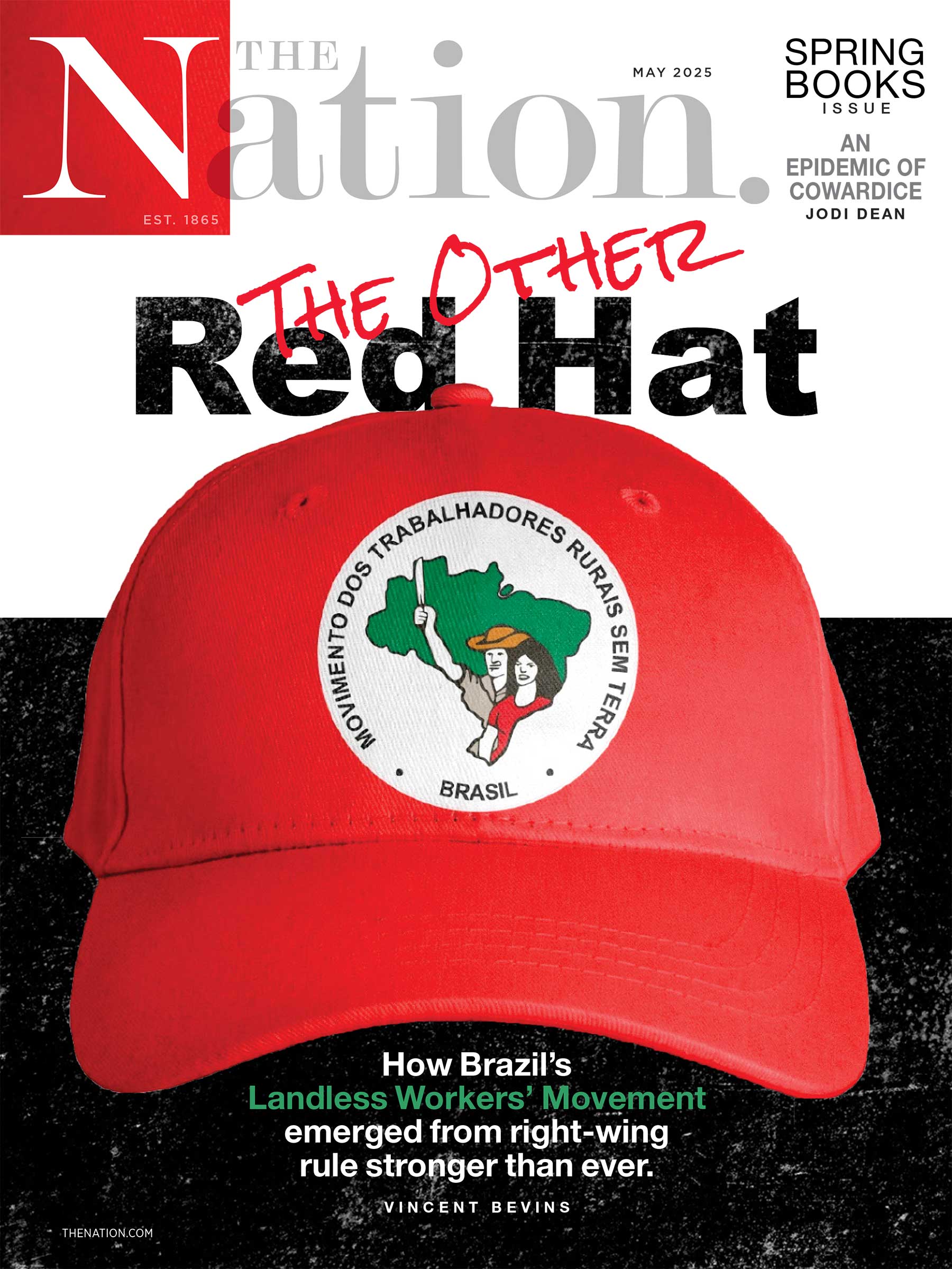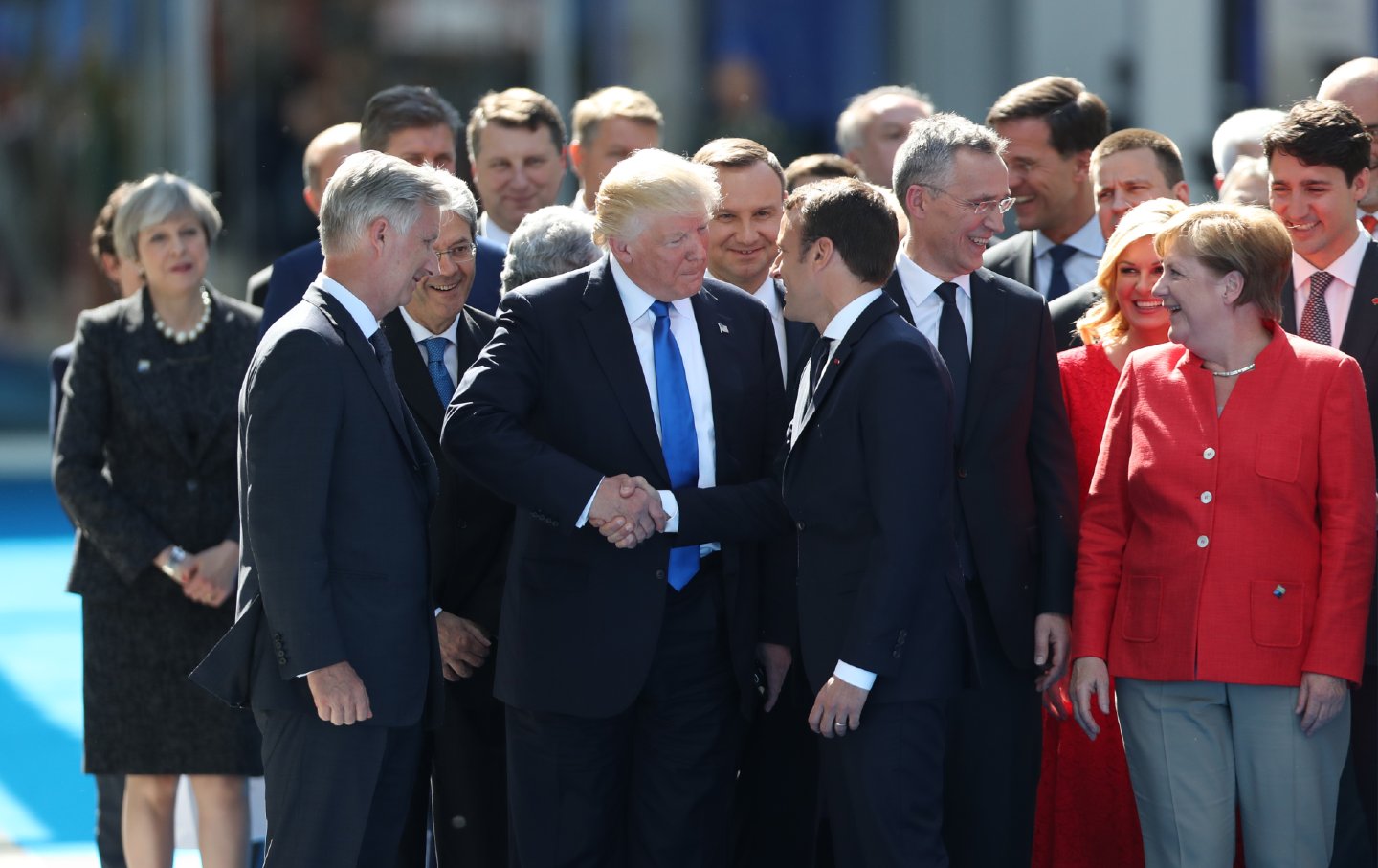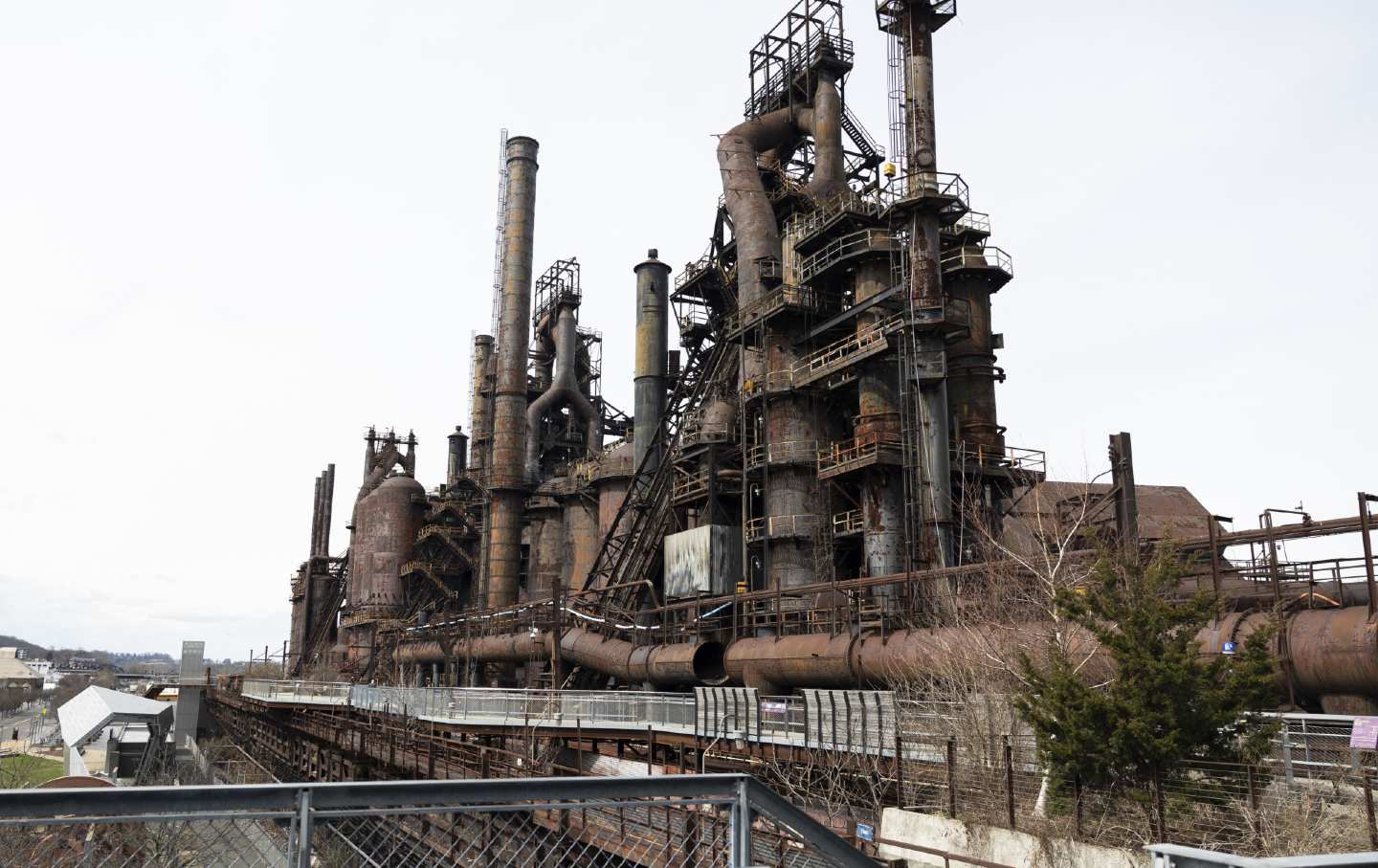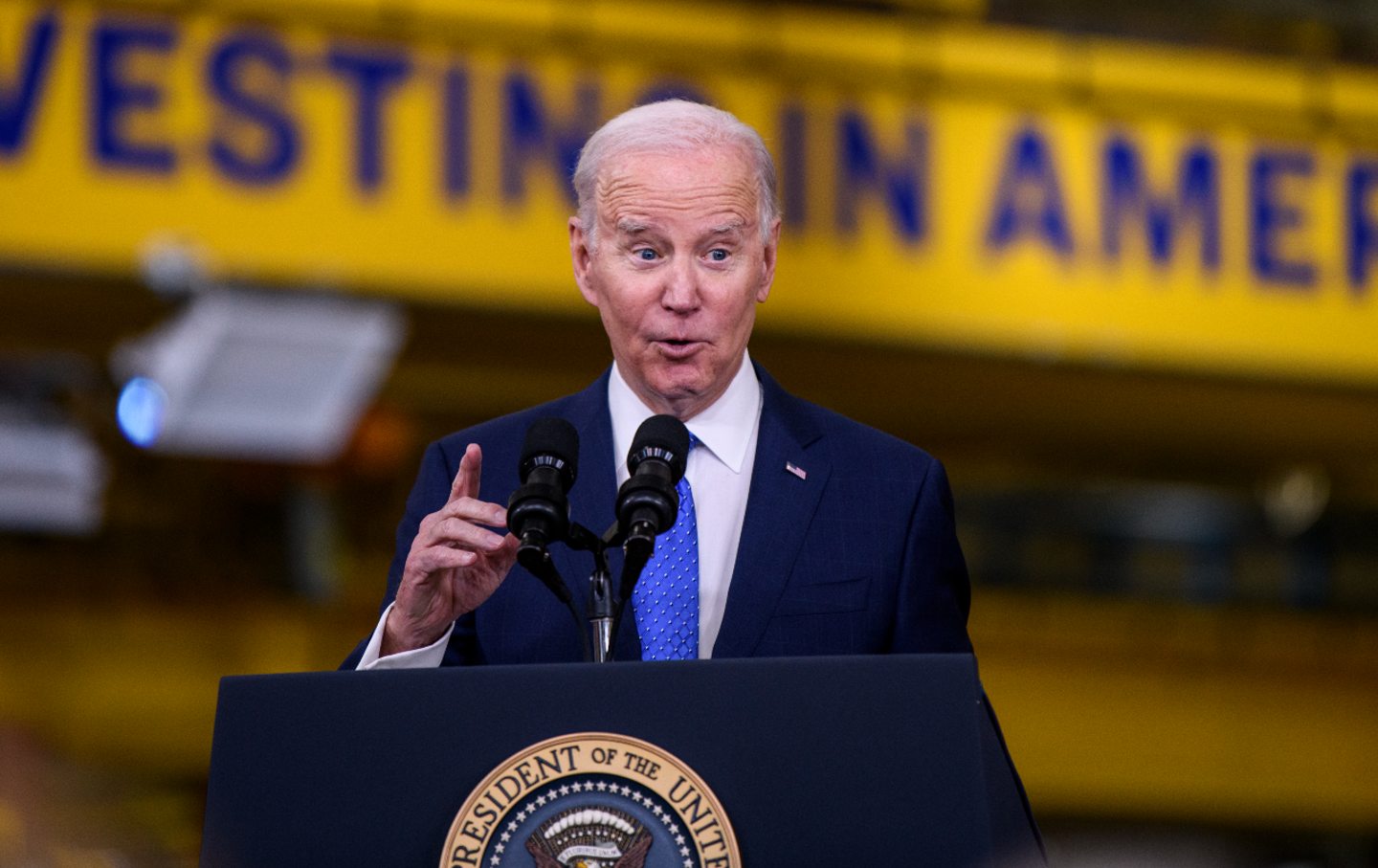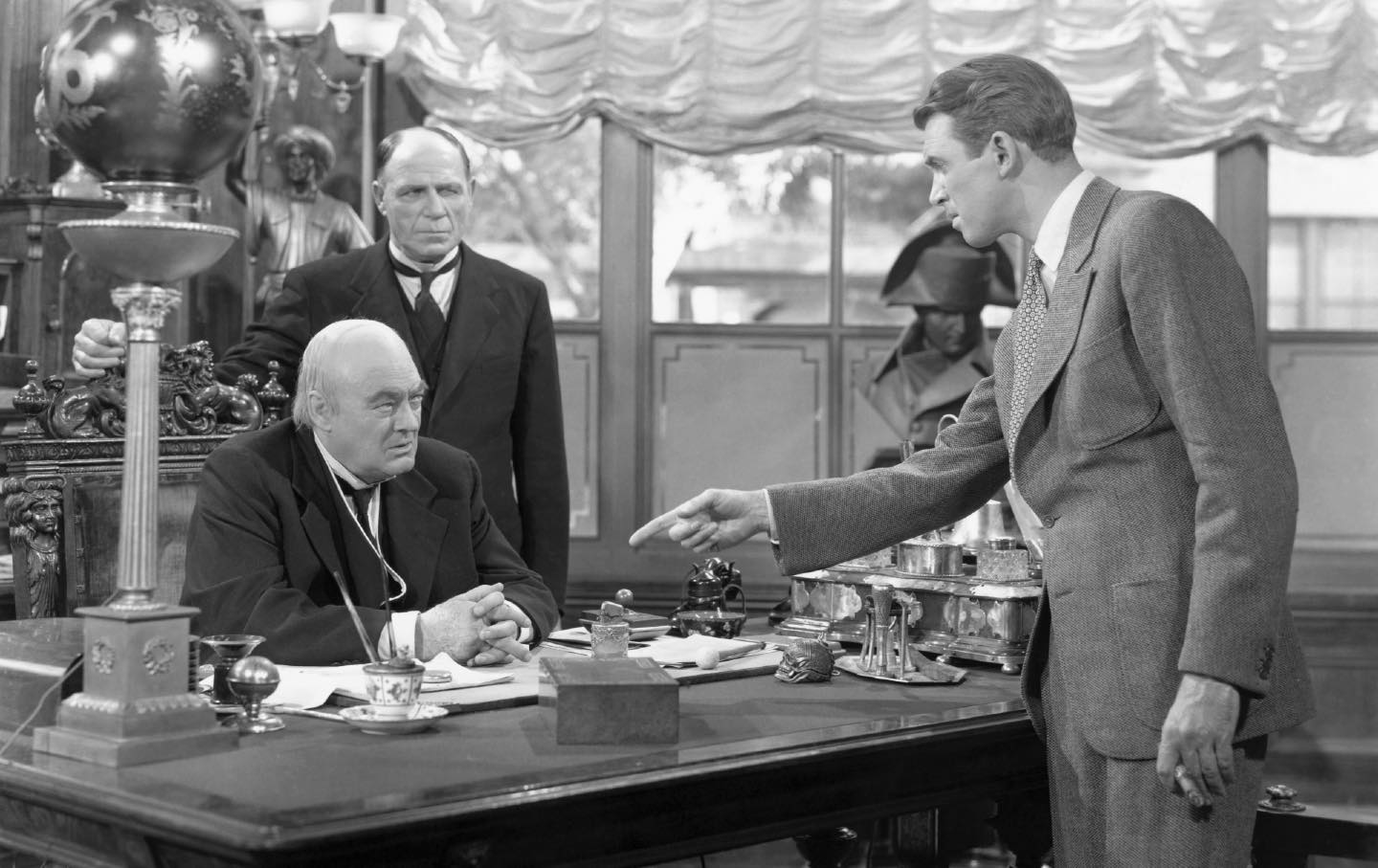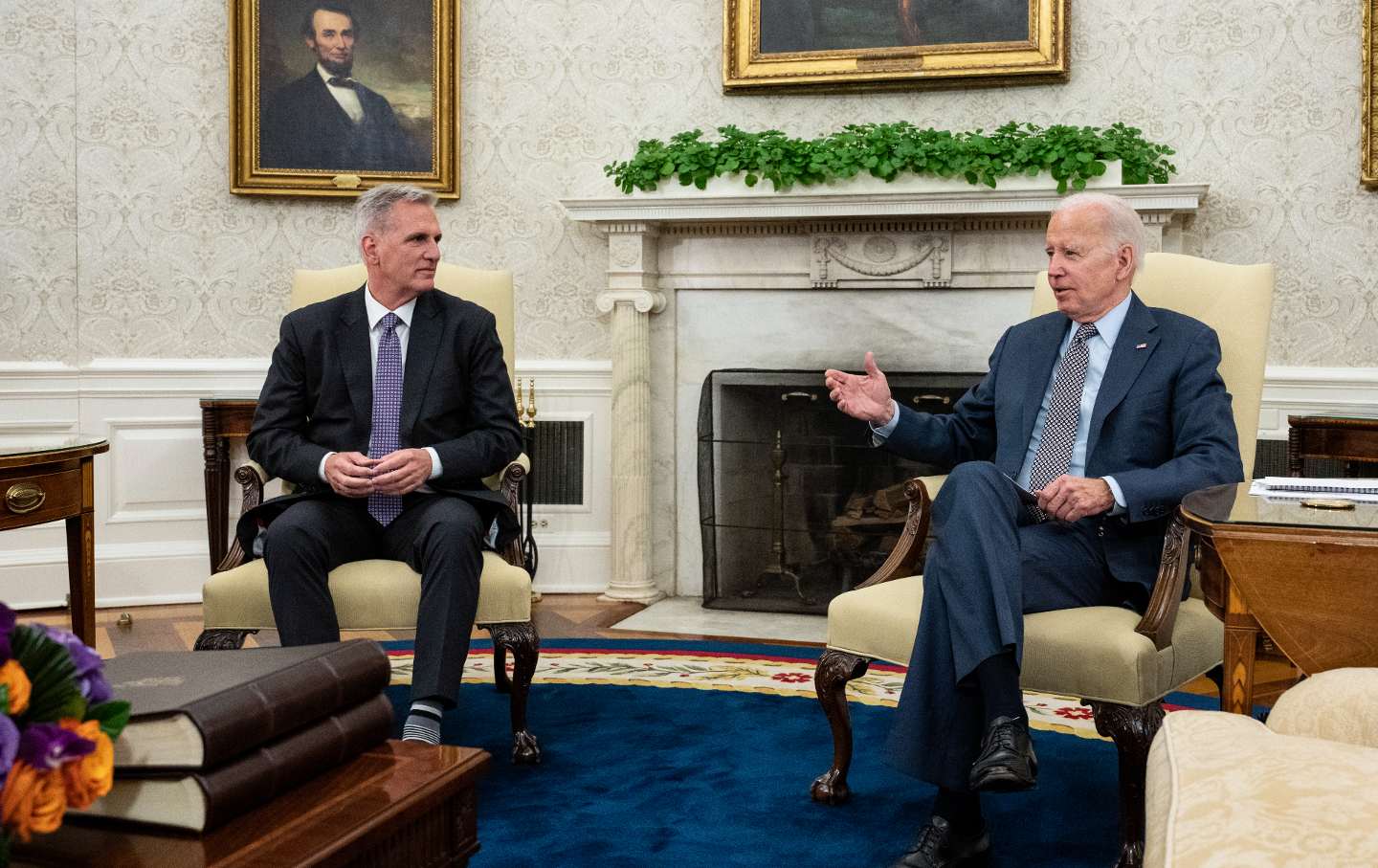Trump’s Tariff Shock and the China Supply Chain
We are now in a trade war with China, and the only question is: How long before Trump (and America) blink?
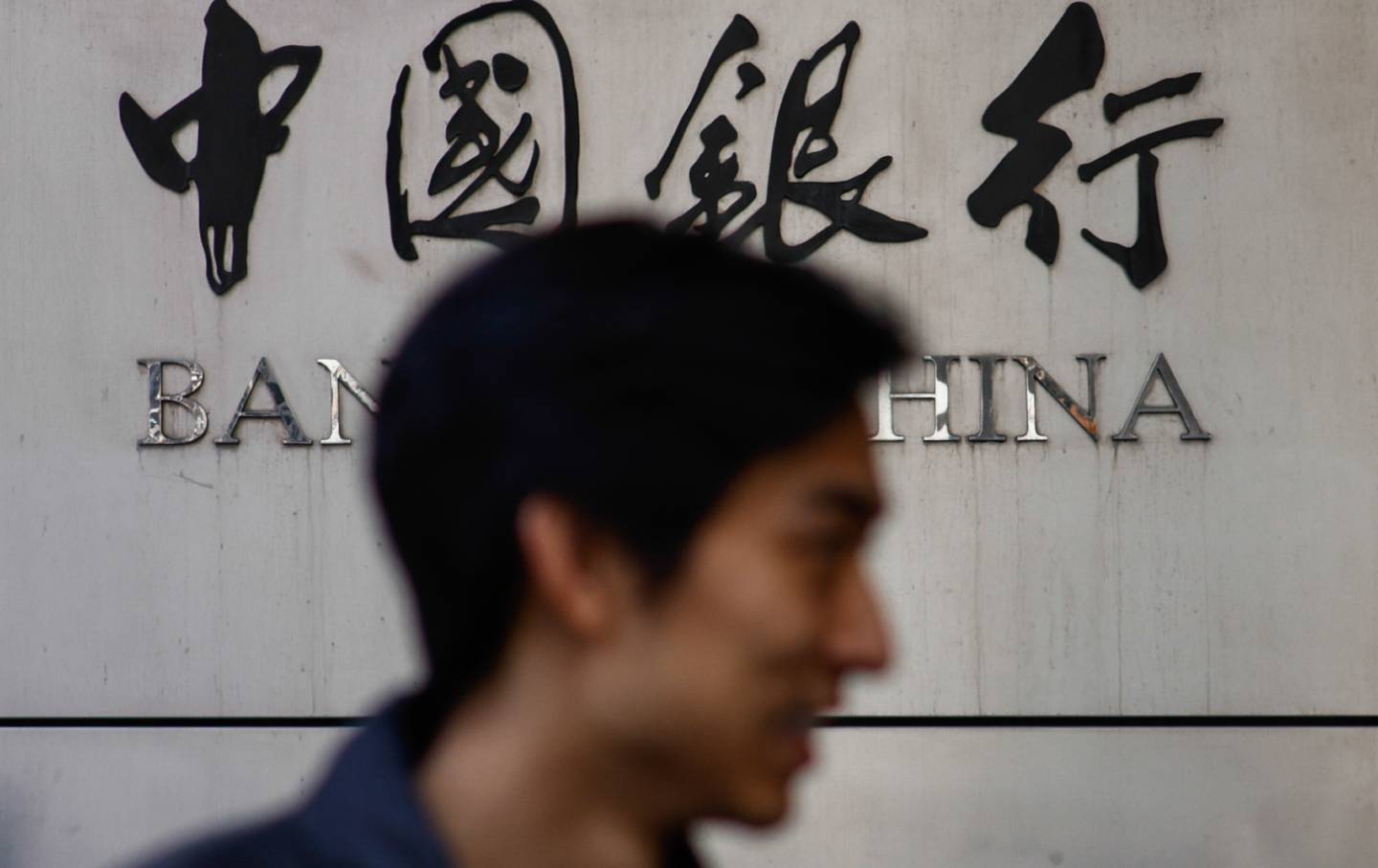
A month after my last piece in The Nation, its essentials—on DOGE, the tax cuts, Pentagon spending, falling oil prices, and, above all, the tariffs, look pretty good. I judged that Mexico and Canada would get off fairly easy, that China would return blow for blow. At first it seemed I’d guessed wrong about Vietnam and other Asian countries’ escaping the heavy hit. But then Trump backed away from his absurd “reciprocal tariff” scheme.
That retreat was prompted by a wobble in the bond market and the dollar. In past crises, even when US policies were at fault—as was the case during the subprime mortgage debacle—investors rushed into US Treasury bonds and bills as the safe haven. This time they moved out. Japanese insurance companies may have led that move, in an act of self-defense that hit the money men where it hurts—and showed the limits of Trump’s power. The “pause” is provisional until July 8. By then, the economic picture and the politics of tariffs may be entirely different than they are today.
Trump still claimed success, reporting that more than 75 countries had come around to “kiss [his] ass,” including offers to cut their tariffs on US goods to zero. Since for many countries those tariffs were already low, while others cannot afford much of what America still exports, this costs them little and promises few gains to American firms. But along with, say, a few arms contracts or soybean shipments, it may be enough to keep the tariff wolf from their door.
China does not bend. It does not bow or kneel. This has been a bedrock principle of Chinese policy since the revolution. No one inclined to grovel before any foreign power can become a leader in China, and any Chinese government that wavered on the point would be swept away by popular anger—yes, even in China. China also has a living history of hardship far greater than anything Americans can remember. The Chinese can and will take what comes. So, we are in a trade war and the only question is: How long before Trump (and America) blink?
The first pressure points for political pain are the stock and bond markets; the second is upcoming elections. The broad scenario is familiar since 2008—falling prices leading to financial crisis, followed by bailout, deep recession, and ultimately emergency measures to get the economy moving again. However, that was then. The Bush and Obama regimes had enough self-preserving instinct to resort to Keynesianism under stress—as did Trump himself, when faced with Covid in 2020. But in the new libertarian order, and with Trump (presumably) barred from reelection, extreme Musk-and-Mellon-ism may instead prevail this time—even if the Democrats score gains next year.
A third potential pressure point could hurt even more. Consider America’s supply chain: Amazon, Walmart, Target, Costco, etc. These firms have built the most brutally efficient funnel for the distribution of goods ever seen. Many of those goods—by no means all, but many—come from China. Many are produced in the US and in other countries. But all merge into the same chain, to which, for many millions of Americans, there are now few if any alternatives.
To apply an argument from my new book, Entropy Economics, efficiency is achieved by large fixed investments, which then permit unit costs to fall as volume increases and quality improves. This was Henry Ford’s famous formula for the Model T, replicated over more than a century in every sector and domain. It is the American System. America’s distribution system—for all its aesthetic and moral defects—is merely the latest and one of the greatest applications of Ford’s principle.
But highly efficient, high-fixed-cost business structures are fragile. When their variable costs go up, their volume shrinks and their profits can fall sharply, since they must still cover their fixed costs. Profits quickly turn into losses. Firms with high fixed costs can run losses only until their reserves are exhausted—at which point breakdown and bankruptcy follow. Adjustment does not occur by magic as textbooks claim; it is a slow, painful process—if it occurs at all.
Trump’s tariffs on China, leaving aside those on the rest of the world, raise variable costs. If the tariffs wipe out the profits of Chinese suppliers—very likely in many cases, since Asian profit rates are low—they will cease to ship to the United States. A drop in volume will hit the profits of the distribution network. As profits fall, parts of that network may begin to fail. If the large stores and on-line warehouses start to shut, there will be no channel left with sufficient capacity to deliver non-Chinese goods, including those made in the United States, to the vast consumption market that is the American working and middle class. Without access to their own customers, American producers will also begin to fail.
Popular
“swipe left below to view more authors”Swipe →The last great crisis, Covid-19, broke the supply chain—but only temporarily. It could be repaired, rerouted, and restored. Beyond that, Covid hit services hardest. Services have relatively low fixed costs. They shrink, and then, eventually, they (mostly) recover. The Great Financial Crisis in 2008 hit housing: It destroyed values, displaced millions through foreclosure, and depressed construction. But homeowners who were not displaced—the vast majority—suffered mainly paper losses and life went on. Home-building is also an industry with a high proportion of variable costs, and ultimately the housing sector began to recover.
Distribution is different—and all Americans need to eat every day. They rely on the high-fixed-cost supply chain for daily purchases, including food and many other items produced in the US and around the world. If the distribution network starts to fail, Americans could be deprived not only of Chinese goods but of all goods. The pain gauge will go up and up. A Soviet-style shortage economy might emerge—and this can happen quite quickly, as the pandemic briefly showed.
With serious shortages, the “stimulus” reflex is counterproductive: More money will bring longer lines and higher prices. One might run the distribution system at a loss, via bailouts and subsidies for the “critical infrastructure” that is provided by the operating firms. But it is hard to imagine how either happens, at scale, consistent with a stable dollar. If the value of the dollar continues to fall, the price of everything (imported and home-made) will rise even more. The Federal Reserve will then face a choice between supporting the infrastructure subsidies or jacking up interest rates to protect the dollar (and “fight inflation,” as they will call it). That dynamic, once started, works against recovery.
It is also possible, as the free-market evangelists surrounding Trump seem to hope, that the problem will be solved by massive waves of new business investment, reviving domestic industry, reshoring supply chains and decentralizing distribution, all very quickly in the teeth of inflation, recession, unemployment, high interest rates, and business bankruptcies. When pigs fly.
It is naturally also possible that our leader will again reverse course, declare victory, and try to restore the status quo ante, with the usual flattery directed at Xi Jinping. On smartphones and computers, the two largest imports from China, he already did just that, late on a Friday night, evidently to save Apple. By the time he gets around to blinking on the rest, our onetime Chinese partners may have reassessed the value to themselves of their relationship with us and moved on. Good luck getting them back.
